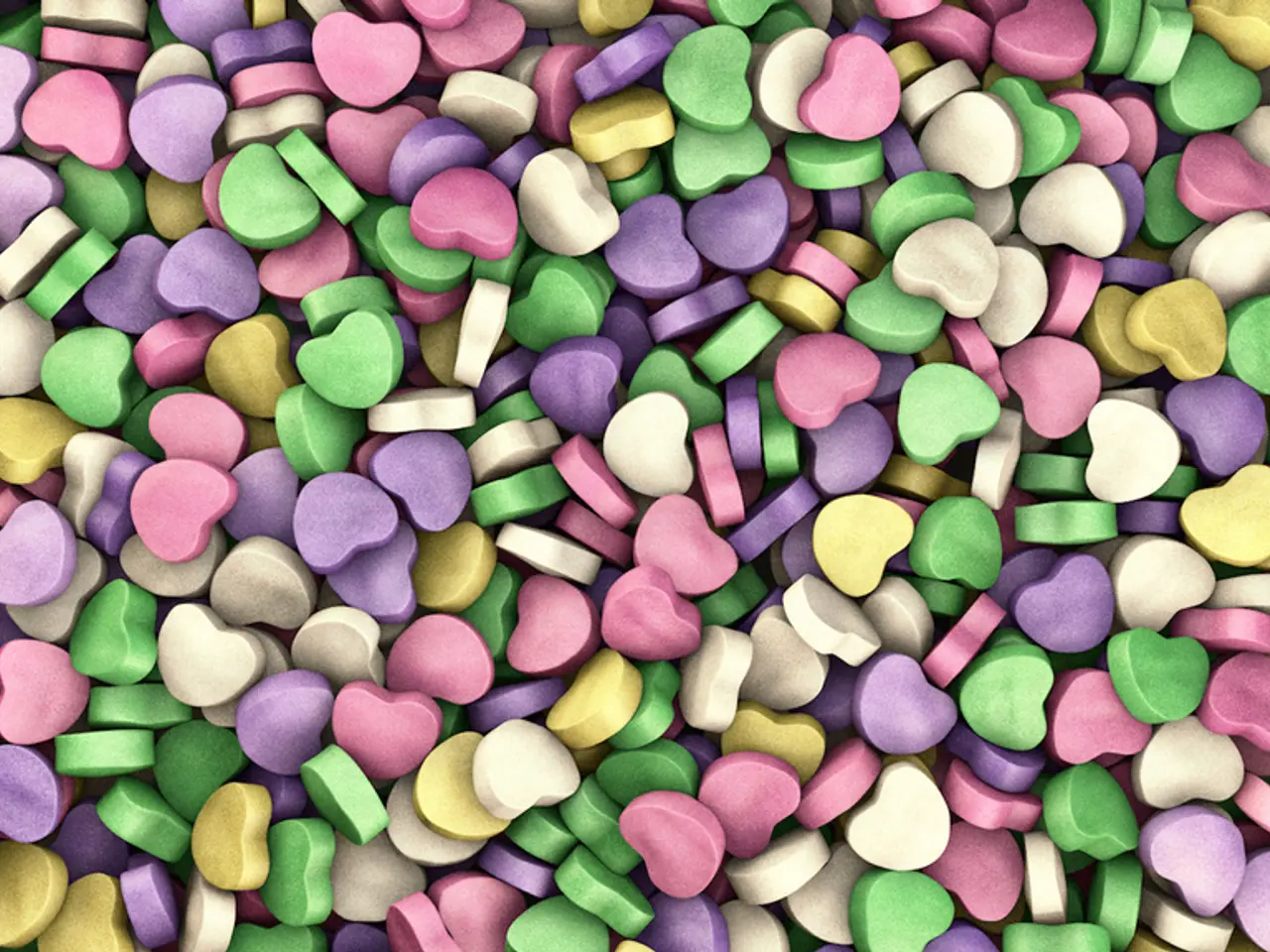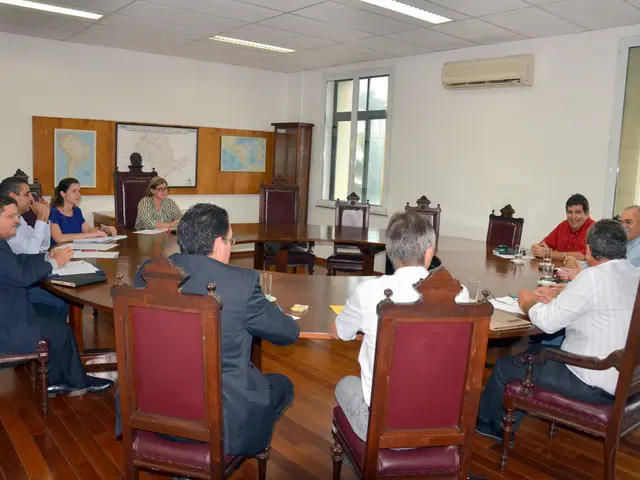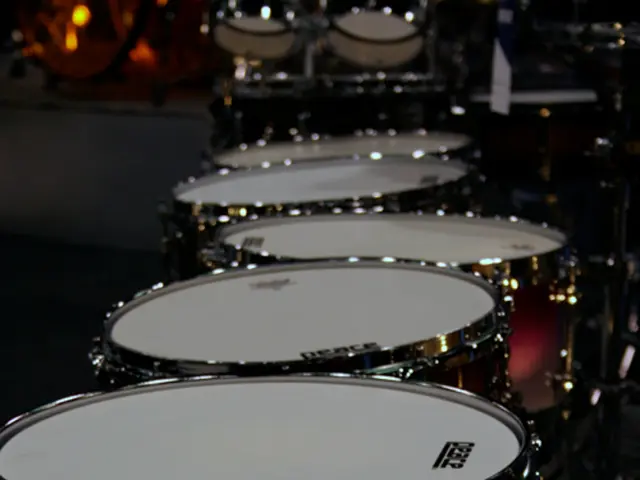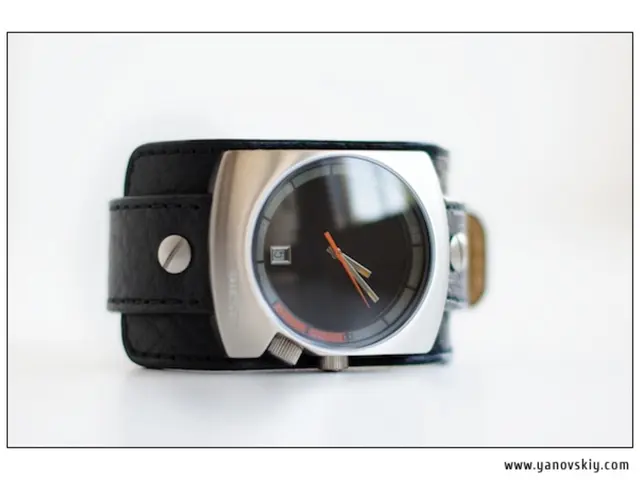Life-Saving Devices: Pacemakers and Defibrillators Vary in Function
In the world of cardiac care, two devices stand out as lifesavers for those battling heart rhythm disorders: pacemakers and defibrillators. Although they serve different purposes, both are instrumental in maintaining a healthy heartbeat.
Pacemakers, small implanted devices, play a crucial role in treating slow or irregular heartbeats, known as bradycardia, or when the heart’s natural electrical conduction system is inadequate or blocked. By delivering paced electrical impulses, pacemakers ensure the heart maintains a sufficient rate to pump blood effectively, often adjusting pacing dynamically based on the body's needs.
On the other hand, implantable cardioverter-defibrillators (ICDs), or defibrillators, are designed to detect dangerously fast or chaotic heart rhythms, such as ventricular tachycardia and ventricular fibrillation, which can be life-threatening. When such abnormal rhythms are detected, the ICD delivers a high-energy electrical shock to stop the arrhythmia and allow the heart’s natural pacemaker (the sinoatrial node) to resume a normal rhythm.
Some devices combine both functions, offering the best of both worlds. These combination devices can pace the heart like a pacemaker and also deliver shocks when needed.
Here's a side-by-side comparison:
| Feature | Pacemaker | Defibrillator (ICD) | |----------------------------|--------------------------------------------|--------------------------------------------| | Primary function | Maintain slow or irregular heart rhythm | Detect and correct dangerously fast arrhythmias by shock | | Target arrhythmias | Bradycardia or conduction blocks | Ventricular tachycardia and ventricular fibrillation | | Method of action | Delivers paced electrical impulses | Delivers high-energy shocks to reset rhythm | | Usage | Chronic slow heartbeat or conduction issues| High-risk patients for sudden cardiac arrest | | Additional features | May regulate heart rate based on demand | Can also function as a pacemaker in combo devices |
In summary, pacemakers support normal cardiac pacing during slow rhythms, while defibrillators monitor for and terminate life-threatening fast arrhythmias through shocks. Both devices improve quality of life and survival but address opposite ends of heart rhythm disorders.
Defibrillators are implantable devices that rescue the heart from a rapid and confused heart rhythm, which is usually fatal. Pacemakers, on the other hand, help prevent a heart rhythm from going too slowly. Your cardiologist will order tests to determine what type of device is appropriate for you based on your specific rhythm disorder and need for treatment.
The pulse generator, the control unit of a pacemaker, is usually implanted under the skin in the chest area. Lead wire(s) are threaded through veins to the chambers of the heart and attached to the heart muscle to detect heart rate and deliver small pulses of energy. Some people may need help with both pacemakers and defibrillators, particularly those with advanced heart failure.
A combination biventricular-defibrillator device can help the heart pump blood more forcefully and protect against potentially fatal arrhythmias in patients with heart failure. Leadless pacemakers are a new technology that positions in the lower chamber and treats slow heart rhythms without a lead.
Dangerous rhythm disorders can affect young people, including athletes. It's essential to remember that regular check-ups and proper care are crucial for maintaining a healthy heart.
There are different types of pacemakers, each with a varying number of lead wires. The number of lead wires in a pacemaker can affect its functionality and application. In some cases, a newer defibrillator has the lead placed under the skin instead of through veins, and this type doesn't pace but may be better under certain conditions.
ICDs can save the lives of patients who have fast ventricular arrhythmias, particularly those with significant heart damage after heart attacks or poor heart muscle function due to cardiomyopathy. Implantable cardioverter defibrillators (ICDs) are devices that send a strong "reset" signal to the heart when the ventricles are beating very fast or erratically. Most defibrillators also have pacemaker abilities.
Pacemakers help ensure the heart pumps more blood to the body. Biventricular pacemakers are used in cardiac resynchronization therapy, with leads attached to the top chamber and both lower chambers (right and left ventricles).
In conclusion, understanding the roles and functions of pacemakers and defibrillators is vital in managing heart rhythm disorders. With advancements in technology, these devices continue to evolve, offering hope and improved quality of life for those affected by these conditions.
- Pacemakers and defibrillators, despite serving different purposes, are essential in promoting cardiovascular health by maintaining a healthy heartbeat and preventing life-threatening medical-conditions such as slow or irregular heart rhythms, ventricular tachycardia, and ventricular fibrillation.
- Combination devices, which function both as pacemakers and defibrillators, offer an improvement in health-and-wellness for individuals by addressing various heart rhythm disorders, whether it's pacing the heart or delivering shocks when required.
- Regular check-ups, coupled with proper care and advancements in technology, ensure that dangerous rhythm disorders can be addressed early, improving the quality of life and survival rates for those affected, particularly in young people including athletes.




